

Articles
How To Store Broccoli
Modified: February 26, 2024
Learn the best practices for storing broccoli to keep it fresh and flavorful. Read our articles to find out how to properly store this nutritious vegetable.
(Many of the links in this article redirect to a specific reviewed product. Your purchase of these products through affiliate links helps to generate commission for Storables.com, at no extra cost. Learn more)
Introduction
Welcome to the world of broccoli! Broccoli is a nutrient-rich vegetable that is packed with vitamins, minerals, and antioxidants. Whether you grow your own broccoli in your garden or purchase it fresh from the grocery store, it’s important to know how to properly store it to maintain its freshness and flavor.
In this article, we will explore the various methods of storing broccoli, including refrigeration and freezing. We will also discuss the benefits of storing broccoli, how to choose the freshest broccoli, and provide some tips on how to keep it fresh for as long as possible.
So, if you’re ready to learn the art of storing broccoli and extending its shelf life, let’s dive right in!
Key Takeaways:
- Store broccoli in the refrigerator by wrapping it in a damp paper towel, placing it in a produce bag, and storing it in the crisper drawer to maintain its freshness for up to five days.
- Freeze broccoli by blanching it, cooling and drying it, portioning it into meal-sized portions, sealing it in freezer-safe bags or containers, and labeling and dating the packages for convenient long-term storage.
Read more: How To Store Broccoli In The Refrigerator
Benefits of Storing Broccoli
Storing broccoli properly not only helps to maintain its freshness, but it also allows you to enjoy its numerous health benefits for an extended period of time. Here are some key benefits of storing broccoli:
- Preserves Nutritional Value: Broccoli is known to be a nutritional powerhouse, rich in vitamins A, C, and K, as well as folate, fiber, and antioxidants. By storing broccoli properly, you can help to preserve its nutritional value and ensure that you’re getting the maximum benefits from this superfood.
- Extends Shelf Life: Broccoli tends to have a relatively short shelf life. However, by storing it correctly, you can extend its freshness and prevent it from spoiling too quickly. This means that you can enjoy delicious and nutritious broccoli for longer periods, even after purchasing it or harvesting it from your garden.
- Cost Savings: Properly storing broccoli can help you save money by reducing food waste. By preventing spoilage and maintaining its freshness, you can avoid the need to throw away unused or expired broccoli, allowing you to make the most of your grocery budget.
- Convenience: Storing broccoli properly gives you the convenience of having it readily available whenever you need it. Whether you want to add it to salads, stir-fries, or steamed dishes, having stored broccoli on hand eliminates the need for frequent trips to the grocery store.
- Meal Planning: Storing broccoli allows for better meal planning and preparation. By having a stash of fresh or frozen broccoli in your fridge or freezer, you can easily incorporate it into your meals, ensuring that you’re getting the necessary nutrients in your diet.
Now that you’re aware of the benefits, let’s move on to the next section where we’ll explore how to choose the freshest broccoli for storage.
Choosing Fresh Broccoli
When it comes to storing broccoli, selecting the freshest available is key. Here are some tips on how to choose fresh broccoli:
- Color and Appearance: Look for broccoli with vibrant green florets and firm, compact heads. Avoid broccoli with yellowing or wilted florets, as this indicates that it is past its prime.
- Firm Stalks: Gently squeeze the stalks of the broccoli. They should feel firm and not bend too easily. If the stalks are soft or rubbery, it’s a sign that the broccoli is not fresh.
- No Dryness or Discoloration: Ensure that the broccoli doesn’t have any signs of dryness or discoloration. The stems and florets should appear moist and vibrant.
- No Strong Odor: Give the broccoli a sniff. It should have a mild, fresh scent. Avoid broccoli with a strong, unpleasant odor, as this could indicate spoilage.
- Tight Floret Clusters: The floret clusters on the broccoli head should be tightly packed together. Loose or separated florets may suggest that the broccoli is beginning to deteriorate.
- Avoid Bruised Stems: Check the stems for any signs of bruising or damage. Broccoli with bruised or discolored stems may not last as long when stored.
Remember, the fresher the broccoli, the longer it will stay fresh when stored. By choosing high-quality and fresh broccoli, you are setting yourself up for successful storage. Now, let’s move on to the next step – preparing broccoli for storage!
Preparing Broccoli for Storage
Before you store broccoli, it’s important to properly prepare it to ensure optimal storage conditions. Follow these steps to prepare broccoli for storage:
- Trimming: Start by trimming the broccoli stems. Use a sharp knife to remove any dry or tough parts of the stems. You can also trim the florets, if needed, to remove any damaged or discolored sections.
- Separating into Pieces: Break the broccoli head into smaller, manageable pieces. This will make it easier to store and use later on. Aim for medium-sized florets and evenly cut stalks.
- Washing: Rinse the broccoli pieces under cold water to remove any dirt or residue. Be gentle to avoid damaging the florets or stalks. Pat them dry with a clean towel or allow them to air dry completely before proceeding.
- Optional Blanching: If you plan to freeze the broccoli, blanching is recommended to help preserve its color, texture, and nutritional value. We will discuss the blanching process in more detail later on in the article.
- Storage Containers: Choose appropriate storage containers or bags for your broccoli. Opt for airtight containers or resealable freezer bags to keep the broccoli fresh and protected from moisture.
Once you have completed these preparation steps, you’re ready to store your broccoli. In the next sections, we will delve into the specific methods of storing broccoli in the refrigerator and freezer.
Storing Broccoli in the Refrigerator
The refrigerator is an ideal place to store broccoli if you plan to use it within a few days. Here’s how to store broccoli in the refrigerator:
- Wrap in a Damp Paper Towel: Before storing the broccoli, wrap it loosely in a damp paper towel. This helps to maintain its moisture and prevent it from drying out.
- Place in a Produce Bag: Put the wrapped broccoli in a perforated plastic produce bag or a loosely tied plastic bag. This provides a controlled environment and helps to retain the vegetable’s freshness.
- Store in the Crisper Drawer: Keep the bagged broccoli in the crisper drawer of your refrigerator. The cool and slightly humid environment of the crisper drawer helps to keep the broccoli fresh for longer.
- Avoid Ethylene-Producing Fruits: Keep broccoli away from ethylene-producing fruits such as apples, bananas, and grapes. Ethylene gas can accelerate the ripening process of the broccoli and lead to spoilage.
Stored properly, broccoli can typically last for up to five days in the refrigerator. However, it’s best to consume it as soon as possible for the best flavor and nutritional value. Remember to check the broccoli periodically and remove any pieces that show signs of spoilage or deterioration.
Now that you know how to store broccoli in the refrigerator, let’s move on to the freezing method for longer-term storage.
Read more: How To Store Washed Broccoli
Freezing Broccoli
Freezing broccoli is a great way to preserve its freshness and ensure that you have a supply of this nutritious vegetable on hand for an extended period. Here’s a step-by-step guide on how to freeze broccoli:
- Blanching: Blanching is an essential step before freezing broccoli. Bring a pot of water to a boil and place the broccoli florets into the boiling water for 2-3 minutes. This process helps to retain the color, texture, and nutritional value of the broccoli.
- Cooling: After blanching, immediately transfer the broccoli to a bowl of ice water to stop the cooking process. Leave them in the ice water for the same amount of time as the blanching, ensuring they are completely cool.
- Drain and Dry: Drain the broccoli well and pat them dry with a clean kitchen towel or paper towel. Excess moisture can lead to freezer burn, so make sure the broccoli is as dry as possible.
- Portioning: Divide the broccoli into freezer-safe bags or airtight containers in desired portion sizes. This makes it easier to retrieve only the amount you need without thawing the whole batch.
- Label and Date: Remember to label the bags or containers with the contents and the date of freezing. This helps you keep track of the freshness and organize your freezer more efficiently.
- Freezing: Place the portioned and labeled bags or containers in the freezer. Make sure they are arranged in a single layer initially to allow for quicker freezing. Once fully frozen, you can stack them to save space.
Frozen broccoli can last for up to 8-12 months in the freezer if stored properly. However, for the best quality, it’s recommended to consume it within 6 months. Frozen broccoli can be added directly to stir-fries, soups, casseroles, and other cooked dishes without thawing.
Now that you know how to freeze broccoli, you can enjoy its fresh taste and nutritional benefits throughout the year. In the next section, we will discuss the importance of blanching broccoli before freezing.
Store broccoli in the refrigerator in a perforated plastic bag to maintain humidity. It will stay fresh for up to a week. Avoid washing before storing to prevent moisture buildup.
Blanching Broccoli
Blanching broccoli before freezing is an important step that helps preserve its color, texture, and nutritional value. The blanching process involves briefly immersing the broccoli in boiling water, followed by rapid cooling. Here’s a breakdown of the blanching process:
- Boiling Water: Bring a pot of water to a rolling boil. The amount of water should be sufficient to fully submerge the broccoli florets.
- Preparing the Broccoli: Trim any excess leaves and tough parts of the stalks. Cut the broccoli into florets of uniform size for even blanching. You can also peel the stems and cut them into evenly sized pieces.
- Blanching Time: Drop the prepared broccoli into the boiling water. Blanch the florets for 2-3 minutes and the stems for 3-4 minutes. Adjust the blanching time based on the size and thickness of the broccoli pieces. Overcooking can result in mushy broccoli, so be mindful of the time.
- Cooling Bath: Once the blanching time is up, using a slotted spoon or tongs, transfer the blanched broccoli immediately into a large bowl of ice water. The ice water bath halts the cooking process and helps preserve the bright green color and crispness of the broccoli.
- Draining and Drying: Drain the cooled broccoli well using a colander or a clean kitchen towel. Ensure that all excess water is removed to prevent ice crystals from forming during freezing.
- Portioning and Freezing: Divide the blanched and dried broccoli into freezer-safe bags or airtight containers in desired portion sizes. Label the bags or containers with the contents and freezing date before placing them in the freezer.
Blanching broccoli before freezing helps to retain its vibrant color, firm texture, and essential nutrients. This process stops enzyme activity that can cause the broccoli to deteriorate and lose quality over time. When properly blanched and frozen, broccoli can maintain its taste and nutritional value for several months.
Now that you’ve mastered the blanching technique, you can confidently freeze your broccoli to enjoy its freshness and beneficial properties whenever you desire. In the next section, we’ll discuss the specific steps for storing broccoli in the freezer.
Storing Broccoli in the Freezer
Storing broccoli in the freezer is a convenient way to preserve its freshness and have it readily available for future use. Here’s how to properly store broccoli in the freezer:
- Blanching: Blanch the broccoli following the blanching instructions mentioned earlier. Blanching helps maintain the quality of the broccoli during storage by preserving its color, texture, and nutritional value.
- Cooling and Drying: After blanching, cool the broccoli in an ice bath, then thoroughly dry it to remove excess moisture. This step is crucial to prevent ice crystals from forming and freezer burn.
- Portioning: Divide the blanched and dried broccoli into meal-sized portions or the amount you usually use in recipes. This allows you to take out only what you need, without having to thaw the entire batch.
- Sealing: Place the portioned broccoli into freezer-safe bags or airtight containers. Squeeze out as much air as possible before sealing to prevent freezer burn. Alternatively, you can use a vacuum sealer for optimal preservation.
- Labeling: Label each bag or container with the contents and date of freezing. This helps you keep track of the freshness and facilitates easier organization in your freezer.
- Freezing: Put the properly sealed bags or containers in the freezer. Ensure they are placed flat in a single layer initially to allow for faster freezing. Once fully frozen, you can stack them to save space.
Frozen broccoli can be stored in the freezer for 8-12 months, but for the best quality, it’s recommended to consume it within 6 months. When you’re ready to use the frozen broccoli, you can directly add it to your recipes without thawing, making it a convenient and time-saving ingredient.
Now that you know how to store broccoli in the freezer, you can enjoy the benefits of this nutritious vegetable all year round. In the next section, we’ll discuss how to use frozen broccoli in various dishes.
Using Frozen Broccoli
Frozen broccoli is a versatile ingredient that can be used in various dishes, whether as a side dish, an addition to soups and stir-fries, or as a nutritious topping. Here are some ideas on how to use frozen broccoli:
- Side Dish: Steam or roast frozen broccoli as a simple and healthy side dish. Season it with salt, pepper, and your favorite spices for an extra burst of flavor.
- Soup: Add frozen broccoli to your favorite soups and stews. It will thaw and cook directly in the simmering broth, infusing the dish with its nutritious goodness.
- Stir-Fries: Toss frozen broccoli into stir-fries for a quick and nutritious addition. It will thaw and cook quickly with the other ingredients, providing a delicious crunch and vibrant color.
- Pasta Dishes: Add frozen broccoli to pasta dishes like casseroles, Alfredo, or pesto-based recipes. It will contribute texture, flavor, and added nutrients to your meal.
- Frittatas and Quiches: Incorporate frozen broccoli into frittatas and quiches for a delicious and nutritious meal. The broccoli will cook perfectly alongside the eggs and other ingredients.
- Salads: Thaw and chop the frozen broccoli to use in cold salads. It adds a satisfying crunch and a boost of vitamins to your greens.
- Veggie Burgers or Patties: Finely chop or pulse frozen broccoli in a food processor, then add it to veggie burger or patty mixtures for added nutrition and texture. It’s a great way to sneak in some extra veggies.
Remember to adjust the cooking time accordingly when using frozen broccoli in recipes. Since it is already partially cooked during the blanching process, it will require less cooking time compared to fresh broccoli.
With these ideas, you can use frozen broccoli in a variety of dishes, adding nutrition, vibrant color, and flavor to your meals. Now, let’s move on to some helpful tips for keeping broccoli fresh.
Read more: How To Store Broccoli In Freezer
Tips for Keeping Broccoli Fresh
To extend the freshness and quality of your broccoli, here are some helpful tips to keep in mind:
- Store in the Right Temperature: Broccoli is a cool-weather vegetable and thrives at temperatures between 32°F (0°C) and 40°F (4°C). Keep it in the refrigerator’s crisper drawer, which provides a slightly humid environment, helping to maintain its crispness and prevent dehydration.
- Optimal Air Circulation: Proper air circulation is essential to prevent moisture buildup, which can cause mold and spoilage. Avoid tightly wrapping the broccoli in plastic bags or containers. Instead, use perforated bags or leave it loosely wrapped for better airflow.
- Don’t Wash Before Storage: It’s best not to wash broccoli before storing it. The presence of moisture can encourage degradation and spoilage. Instead, rinse it under cold water just before cooking or consuming.
- Keep Away from Ethylene Producers: Ethylene gas can accelerate the ripening and spoilage of broccoli. Keep it away from ethylene-producing fruits like apples, bananas, and grapes to maintain its freshness for a longer period.
- Check and Remove Spoiled Pieces: Periodically check your stored broccoli for any signs of spoilage, such as yellowing, wilting, or mold. If you notice any spoiled pieces, promptly remove them to prevent the spread of deterioration to the rest of the batch.
- Use Frozen Broccoli within 6 Months: While frozen broccoli can last up to 8-12 months, it’s best to consume it within 6 months for optimal taste and quality. Properly labeling and dating the frozen broccoli will help you keep track of its storage time.
- Rotate Older Broccoli: If you have multiple batches of broccoli in the refrigerator, be mindful of rotating them. Use the older broccoli first to ensure that none of it goes to waste.
- Grow Your Own: If possible, consider growing your own broccoli. This allows you to harvest it at its peak freshness and enjoy it immediately, eliminating the need for storage. Plus, it’s a rewarding gardening experience!
By following these tips, you can maximize the freshness and shelf life of your broccoli, minimizing food waste and ensuring that you have access to this nutritious vegetable whenever you need it.
Now that you’re equipped with knowledge on how to store, freeze, and use broccoli, you can make the most of this versatile and healthy vegetable. Happy cooking!
Conclusion
Congratulations! You have now mastered the art of storing broccoli and extending its shelf life. By following the tips and techniques outlined in this article, you can ensure that your broccoli remains fresh, flavorful, and full of nutrients for longer periods.
From choosing fresh broccoli to properly preparing it for storage, you now know the essential steps to keep this vibrant vegetable in its best condition. Whether you opt to store it in the refrigerator for short-term use or freeze it for longer-term storage, you have learned the proper methods to maintain its quality.
By blanching the broccoli before freezing, you can preserve its color, texture, and nutritional value, making it a convenient option for various dishes whenever you need it, without the need for thawing. And don’t forget the helpful tips for keeping broccoli fresh, such as storing it at the right temperature, allowing proper air circulation, and checking for any signs of spoilage.
Remember, broccoli is not just a delicious and versatile vegetable; it’s also packed with essential vitamins, minerals, and antioxidants that offer numerous health benefits. By properly storing and using broccoli, you can ensure that you are reaping all of its nutritional advantages in your meals.
So go ahead and confidently incorporate broccoli into your meals, whether it’s as a side dish, in soups and stir-fries, or as a nutritious addition to your favorite recipes. With your newfound knowledge, you can enjoy the freshness and goodness of this green powerhouse all year round.
Now, it’s time to put your expertise into practice. Head to the grocery store, or even better, your garden, and start storing and enjoying the benefits of fresh and frozen broccoli today!
Frequently Asked Questions about How To Store Broccoli
Was this page helpful?
At Storables.com, we guarantee accurate and reliable information. Our content, validated by Expert Board Contributors, is crafted following stringent Editorial Policies. We're committed to providing you with well-researched, expert-backed insights for all your informational needs.


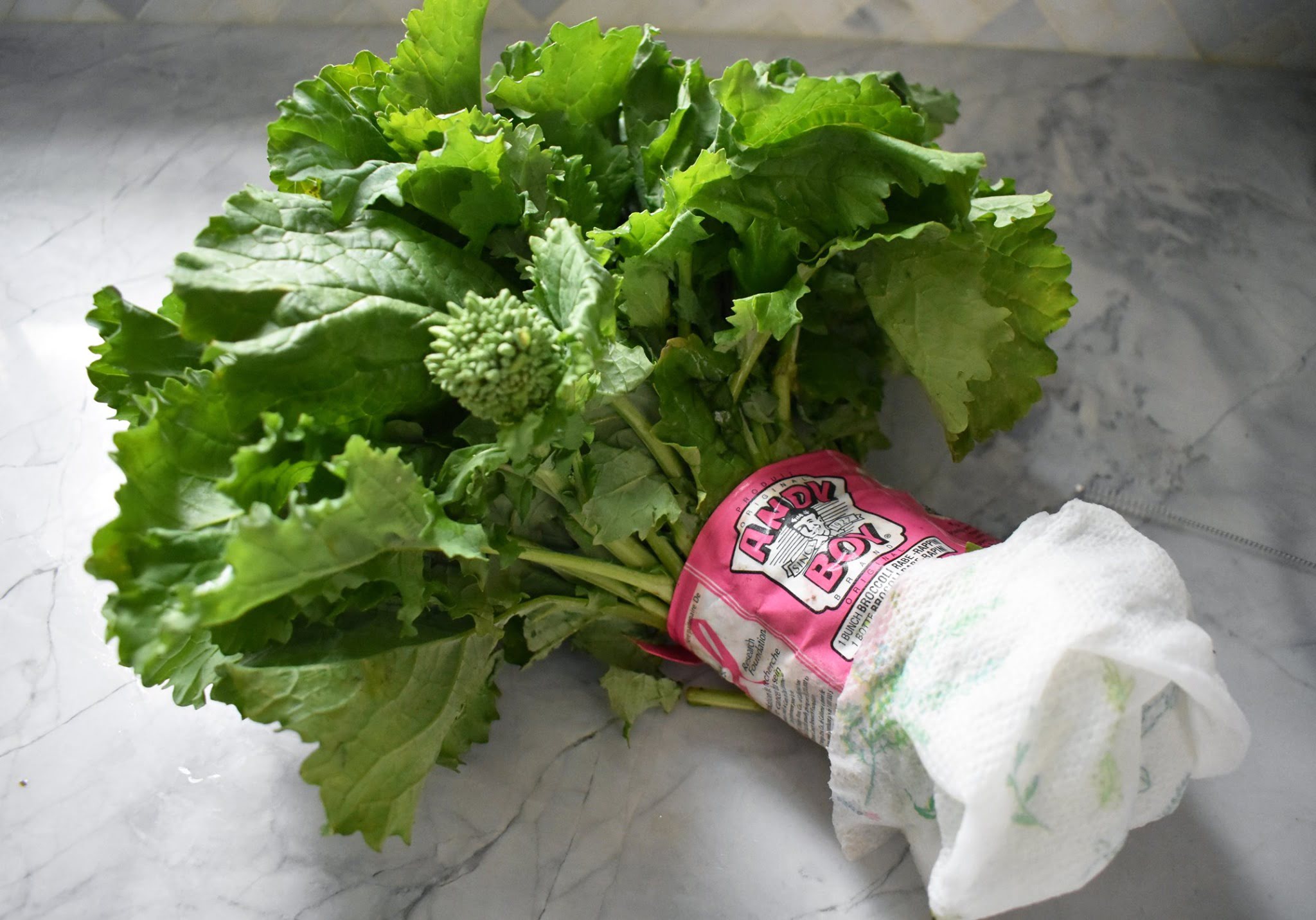
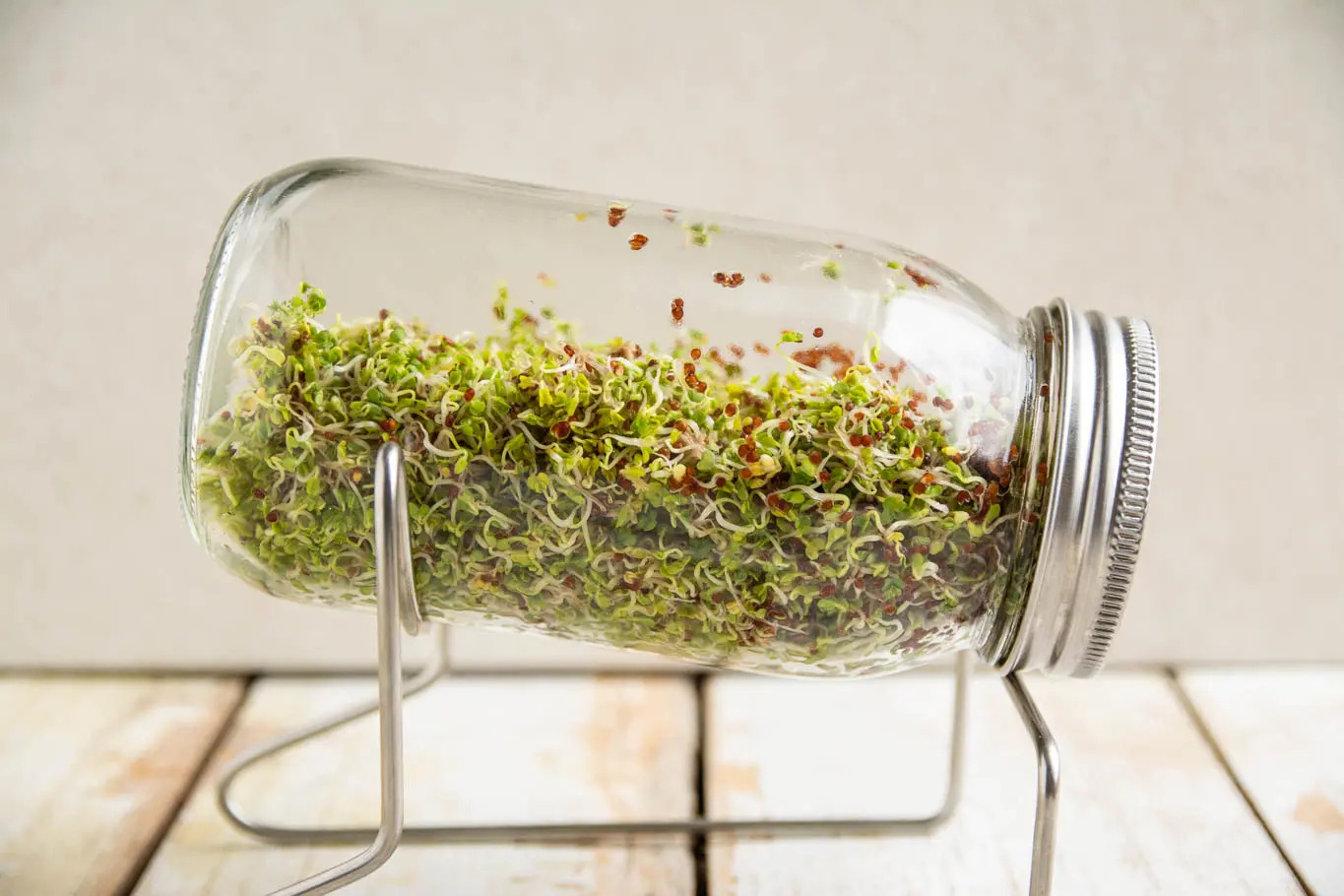




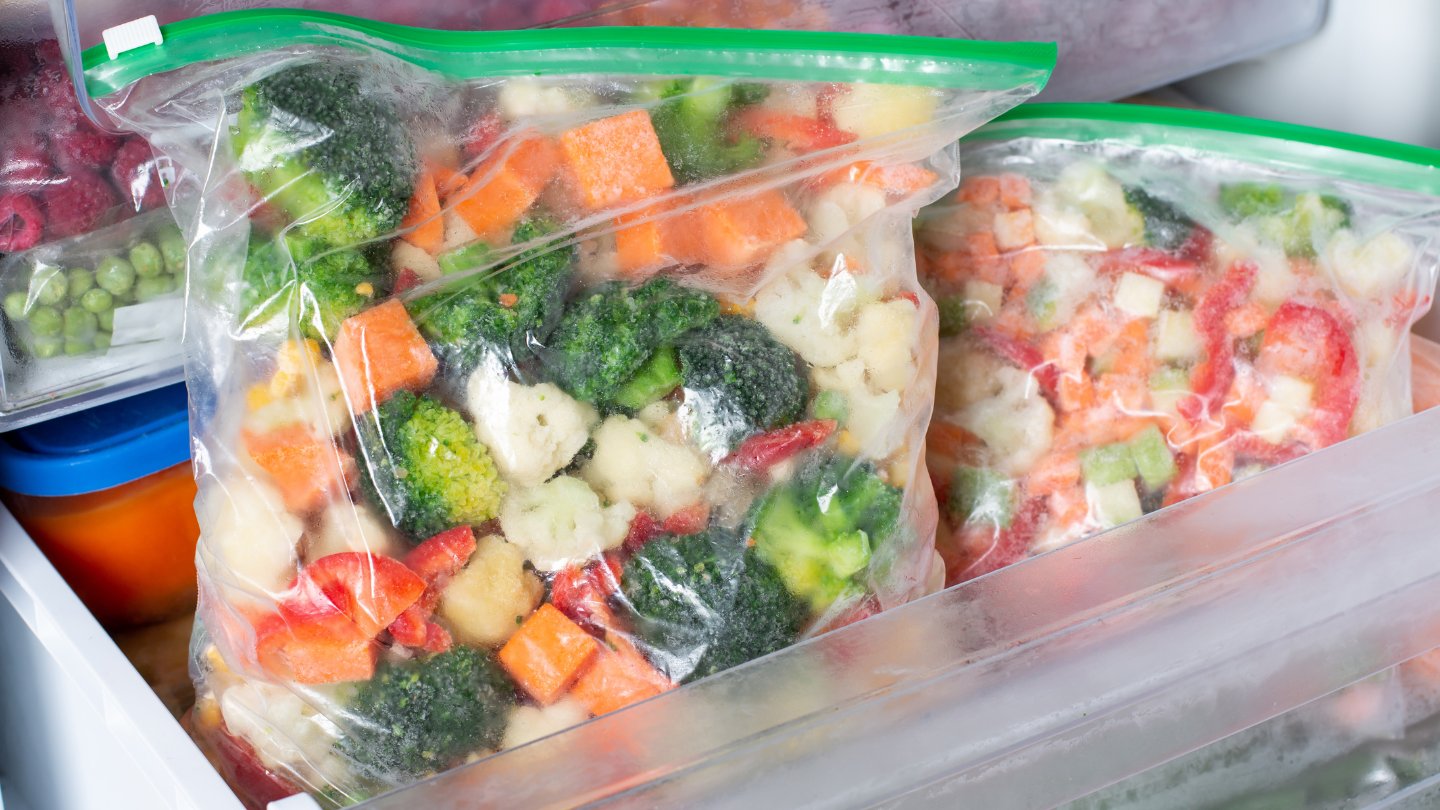
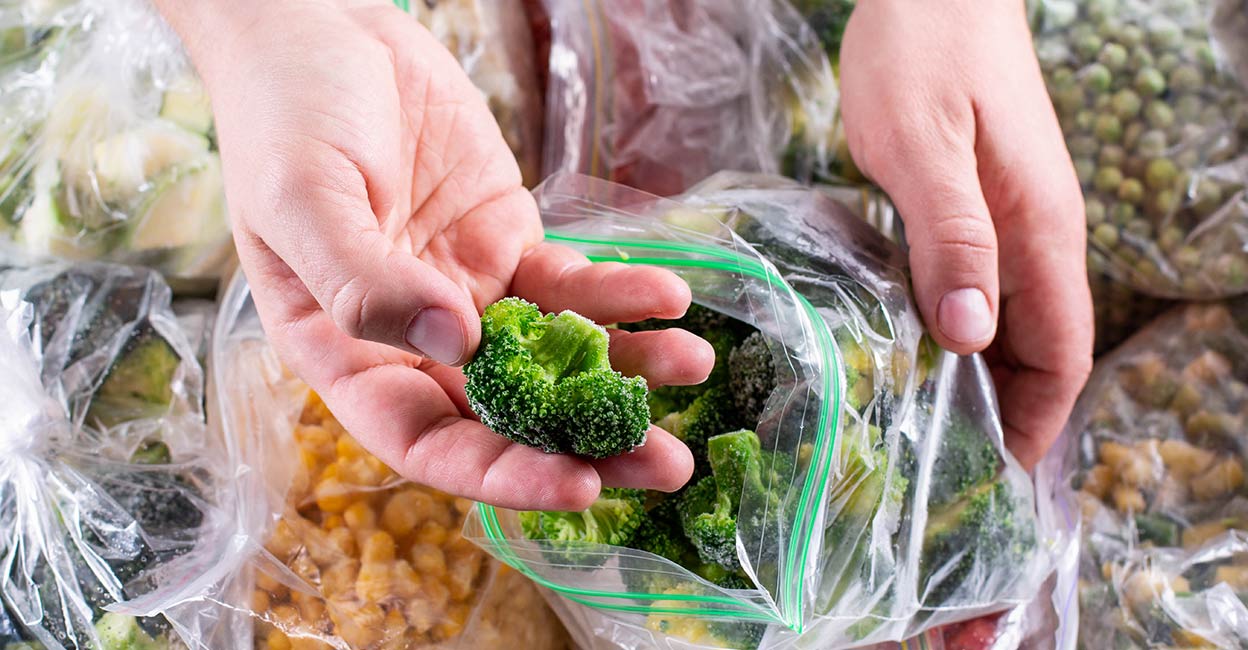
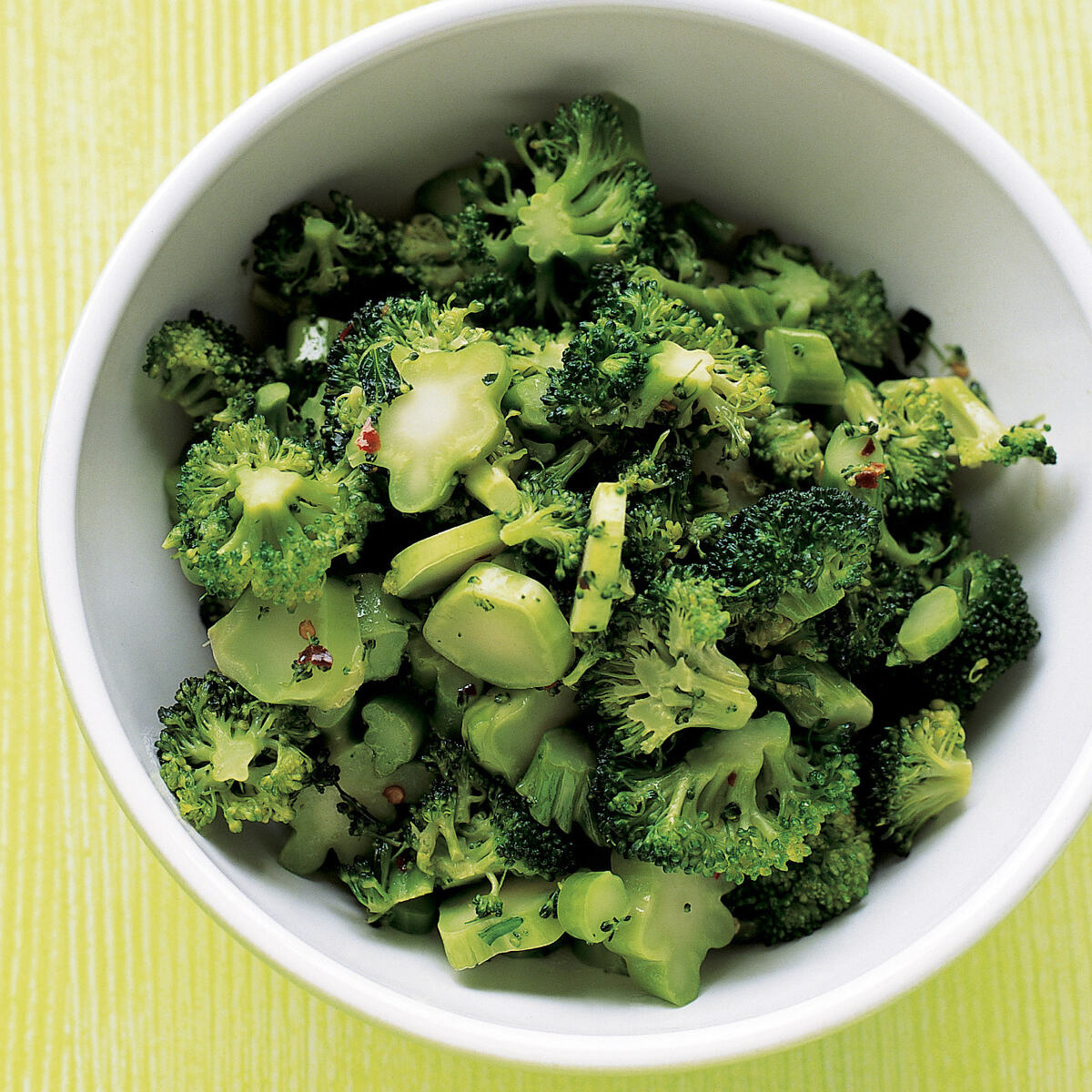



0 thoughts on “How To Store Broccoli”